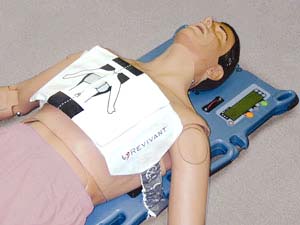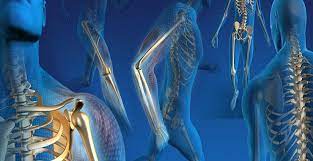Automated CPR Devices Market is growing rapidly as Royal Philips receives the U.S. FDA premarket approval for its HeartStart FR3 and HeartStart FRx automated external defibrillators (AEDs)
Many new developments in the field of
cardiopulmonary resuscitation (CPR) have led to the development of many
advanced medical resuscitation technologies. Cardiopulmonary resuscitation
(CPR) is a lifesaving technique used in numerous emergencies including heart
attack, coronary artery disease (CAD), and heart valve disease. According to
the Centers for Disease Control and Prevention (CDC), in 2017, around 365,914
people die due to CAD with around 18.2 million adults in the U.S. of age 20
years and above have CAD. Such massive incidence of heart diseases has
increased the demand for appropriate medical devices. Thus, these factors can
stimulate growth of the automated CPR devices market.
Automated CPR devices assist to
deliver high frequency and consistent compressions during the cardiopulmonary
resuscitation phase. This is critical to achieving maximum outcomes and
reducing the chances of the victim losing consciousness as a result of
ventricular tachycardia, ventricular fibrillation, or flutter heart rhythm. As
far as geographical influence is considered, North America seems to be
accumulating significant traction in the automated
CPR devices market. This growth can be attributed to high geriatric
population and technological advancements in medical devices. On the contrary,
Europe is a key region registering promising signs due to a favorable
regulatory framework and high disposable income. Recently, in June 2020, Royal
Philips received the U.S. Food and Drug Administration (FDA) premarket approval
(PMA) for its HeartStart FR3 and HeartStart FRx automated external
defibrillators (AEDs).
New and improved automated CPR
devices are now being introduced into the marketplace to address new needs and
to provide relief to individuals who experience sudden cardiac arrest. Most
importantly, such devices are able to deliver consistent chest compressions
with minimal effort on the behalf of the rescuer. However, there are several
other factors that can pose major challenges in the development of the market.
For instance, high costs associated with advanced equipment can limit the
potential development of the market. Besides, lack of skilled personnel can
inhibit growth of the automated CPR devices market.
Elderly people are most likely to
require CPR devices due to high prevalence of heart diseases and weakened heart
function. With rapidly growth geriatric population, the demand for CPR devices
has surged significantly in the recent past. As per the World Health
Organization (WHO), by 2050, the global population aged 65 years and above is
expected to reach around 2 billion increasing from 900 million in 2015. Thus,
such factors can bolster growth of the automated CPR devices market.




Comments
Post a Comment